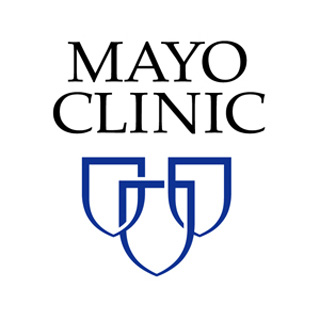Esophageal Balloon Measurements to Better Characterize Thoraco-abdominal Interrelationship Mechanics.
| Status: | Enrolling by invitation |
|---|---|
| Healthy: | No |
| Age Range: | 18 - Any |
| Updated: | 8/12/2018 |
| Start Date: | March 13, 2018 |
| End Date: | March 2020 |
Mechanical Ventilation Guided By Transpulmonary and Airway Driving Pressures in the Setting of Intra-abdominal Hypertension
Esophageal pressure measurements in surgical patients requiring mechanical ventilation during
abdominal laparoscopic or robotic surgeries requiring intra-abdominal insufflation.
abdominal laparoscopic or robotic surgeries requiring intra-abdominal insufflation.
Decades of research and clinical observation in mechanical ventilation have demonstrated
unequivocally that tidal volume (VT), plateau pressure (PPLAT) and PEEP (positive
end-expiratory pressure) influence ventilator induced lung injury. Clinicians, however, have
struggled in the attempt to find a single indicator of safety and risk. Recent analyses of
the large multi-center randomized trials database suggest that Airway Driving Pressure (ADP)
and Trans pulmonary Driving Pressure (DTP) are the variables of greatest importance and
therefore the best single parameters on which to focus. In attempting to define their optimal
values and their correlation between each other in the setting of intra-abdominal
hypertension, we would like to compare standard of care mechanical ventilation (control) with
mechanical ventilation guided by DTP and ADP (intervention) in patients undergoing abdominal
laparoscopic surgery.
unequivocally that tidal volume (VT), plateau pressure (PPLAT) and PEEP (positive
end-expiratory pressure) influence ventilator induced lung injury. Clinicians, however, have
struggled in the attempt to find a single indicator of safety and risk. Recent analyses of
the large multi-center randomized trials database suggest that Airway Driving Pressure (ADP)
and Trans pulmonary Driving Pressure (DTP) are the variables of greatest importance and
therefore the best single parameters on which to focus. In attempting to define their optimal
values and their correlation between each other in the setting of intra-abdominal
hypertension, we would like to compare standard of care mechanical ventilation (control) with
mechanical ventilation guided by DTP and ADP (intervention) in patients undergoing abdominal
laparoscopic surgery.
Inclusion Criteria:
- Patients requiring mechanical ventilation for abdominal laparoscopic and robotic
surgeries.
- Patients who are passively ventilated (no respiratory efforts) as a result of the
sedation plan determined entirely by the primary anesthesia team --research team will
not influence or participate on the sedation protocol plan or implementation.
- Patients who are clinically stable and able to tolerate the changes in position that
are routinely conducted as part of the standard of care in the operative room.
- Patient/responsible family member signing the informed consent must speak English.
Exclusion criteria:
- Patients with open abdomen prior to surgical procedures.
- Females of childbearing age (18-50) with the potential to become pregnant and no
clinically documented negative pregnancy test.
- Patients with clinically evident spontaneous breathing efforts (ventilator wave forms)
during surgical procedure.
- Patients with clinical suspicion of elevated intra-cranial pressure (requiring head
elevation).
- Contraindication to body position change, as dictated by surgery-specific protocol.
- Unstable cardio-respiratory insufficiency.
- Age less than 18 years.
- Cuff leak in endotracheal / tracheostomy tube.
- Patient/responsible family member unable to understand the informed consent in
English.
- Patient with contraindication for nasogastric tube placement:
- Severe midface trauma
- Recent nasopharyngeal surgery
- Coagulation abnormality
- Esophageal varices, stricture, ulcerations, or tumors
- Recent banding of esophageal varices
- Alkaline ingestion
- Diverticulitis,
- Sinusitis, epistaxis
We found this trial at
1
site
Mayo Clinic Rochester Mayo Clinic is a nonprofit worldwide leader in medical care, research and...
Click here to add this to my saved trials
